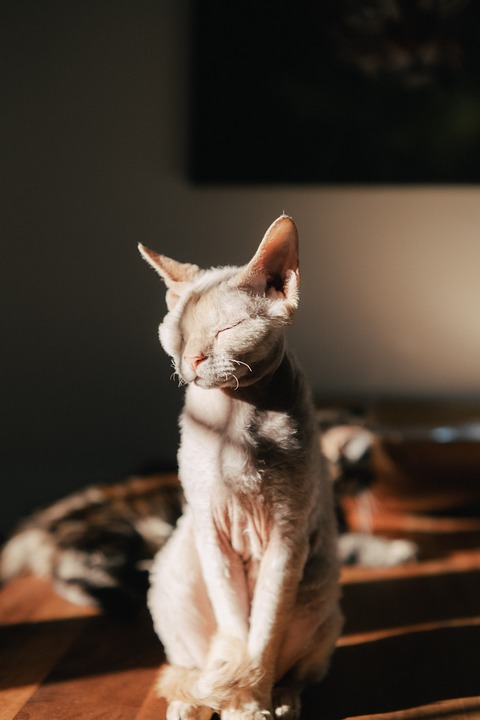Understanding and addressing your cat’s litter box needs is essential for maintaining a harmonious and hygienic living environment. In this article, we will guide you through the process of establishing a positive litter box routine for your feline friend. We will cover various aspects, including choosing the right litter box, proper placement, and addressing common litter box problems. Read on to learn more.
Choosing the Right Litter Box
Choosing the right litter box is crucial to ensure your cat feels comfortable and secure during their bathroom routines. Here are a few key considerations:
1. Size Matters: Opt for a litter box that provides enough space for your cat to comfortably turn around and dig. Larger cats may require bigger litter boxes to accommodate their size.
2. Open or Covered: Some cats prefer open litter boxes as they offer a better view of their surroundings and easier access. However, other cats may prefer the privacy provided by a covered litter box. Observe your cat’s preferences and choose accordingly.
3. Entry Accessibility: Ensure the litter box has low sides or a cut-out entry point, especially if you have a senior cat or a kitten. This will make it easier for them to enter and exit without any discomfort.
4. Number of Boxes: The general rule of thumb is to have one litter box per cat, plus an extra one. Having multiple litter boxes ensures that each cat has a dedicated space and helps prevent territorial issues.
Proper Placement of the Litter Box
Once you have chosen the right litter box, proper placement is key to encouraging your cat to use it consistently. Consider the following guidelines:
1. Quiet and Private: Place the litter box in a quiet and low-traffic area of your home. Cats prefer privacy while using the litter box, so avoid placing it in areas with constant noise or disturbances.
2. Accessible Locations: Ensure the litter box is easily accessible to your cat at all times. If you have multiple floors, provide litter boxes on each level to avoid accidents or inconvenience.
3. Away from Food and Water: Cats prefer to keep their bathroom area separate from their eating area. Avoid placing the litter box near their food and water bowls to maintain their hygiene standards.
4. Avoid Confinement: If you have a small apartment or limited space, avoid confining the litter box in a closed area or cabinet. Cats prefer an open space where they can easily enter and exit the litter box.
Addressing Common Litter Box Problems
While most cats adapt well to their litter box routines, some may develop issues over time. Here are some common problems and their solutions:
1. Avoiding the Litter Box: If your cat is avoiding the litter box, it could indicate an underlying health issue. Consult with your veterinarian to rule out any medical conditions before addressing behavioral aspects.
2. Litter Preference: Some cats may be picky about the type of litter used. Experiment with different textures and substrates to find the one your cat prefers. Gradually transition to the new litter by mixing it with the old one.
3. Litter Box Cleanliness: Cats prefer clean litter boxes and may avoid using them if they are dirty. Scoop the litter box daily and replace the litter at least once a week to maintain cleanliness.
4. Litter Box Size: If your cat consistently eliminates right outside the litter box, it may be an indication that the box is too small for them. Consider upgrading to a larger litter box to address this issue.
FAQs (Frequently Asked Questions)
Q1. How often should I clean the litter box?
A1. It is recommended to scoop the litter box daily and replace the litter entirely once a week. However, some cats may require more frequent cleaning, especially if they are particular about cleanliness.
Q2. What if my cat refuses to use the litter box?
A2. If your cat refuses to use the litter box, it’s essential to rule out any underlying health issues. If the problem persists, consult with a veterinarian or a professional animal behaviorist to address any potential behavioral concerns.
Q3. Can I use scented litter?
A3. While scented litter may be more pleasant for humans, some cats may find the fragrance overwhelming. It’s recommended to use unscented litter to avoid any potential aversion or discomfort for your cat.
Q4. How many litter boxes do I need for multiple cats?
A4. The general guideline is to have one litter box per cat, plus an additional one. Multiple litter boxes ensure that each cat has enough space and reduces the likelihood of territorial issues or litter box disputes.
By following these guidelines and understanding your cat’s preferences, you can establish a positive litter box routine that promotes good behavior and a clean living environment for both you and your feline companion.








